From Itch to Bald Spot: Getting to the Bottom of Pet Hair Loss
When a pet starts losing fur, it’s often their body’s way of signaling that something isn’t right. Persistent itching, bald patches, or thinning fur can point to skin allergies, parasites, hormonal imbalances, or other underlying health conditions. Finding and treating the cause early helps your pet feel comfortable again- and restores that healthy shine to their coat.
At Sixes Animal Hospital at BridgeMill, we combine advanced diagnostics with compassionate, family-oriented care to uncover why your pet’s fur is thinning. Our team understands the strong bond you share with your dog or cat and works in partnership with you to choose the best treatment plan for your pet’s needs. Because we’re privately and locally owned, we take the time to explain your pet’s diagnosis clearly and create a plan that makes sense for both your pet’s health and your family’s routine.
What Causes Hair Loss in Pets?
Alopecia, or partial or complete hair loss, can stem from many different factors. Some are medical, while others are environmental or behavioral. While shedding is normal, bald patches, constant scratching, or brittle fur are not. Recognizing these signs early and seeking veterinary help can prevent infection, scarring, and chronic discomfort.
Hair loss (alopecia) in dogs can appear in symmetrical or patchy patterns, sometimes with itching and sometimes without. Because alopecia is a symptom rather than a diagnosis, professional testing is needed to determine the cause. Cats, in particular, may show subtle signs like increased grooming or small areas of missing fur before the problem becomes more visible.
Common Causes of Hair Loss in Dogs and Cats
Hair loss rarely occurs alone. It’s often tied to an underlying health issue that requires accurate diagnosis and targeted treatment.
1. Allergies: The Most Common Cause of Itching and Hair Loss
Allergies top the list of culprits. Pets can develop reactions to environmental triggers like pollen, mold, or dust mites, or experience food sensitivities. The resulting inflammation leads to intense itching and self-trauma.
Dogs with allergies often chew their paws or scratch their ears and flanks. Cats tend to overgroom, particularly around their belly and legs. Over time, this excessive grooming causes bald spots and red, irritated skin.
Flea allergy dermatitis is especially common in cats.
Flea allergies can occur even from a single flea bite, often resulting in hair loss along the tail base or back. Because fleas can live indoors year-round, consistent prevention is critical. The importance of year-round parasite prevention for pets cannot be overstated- monthly protection prevents allergic flare-ups and secondary infections.
In Georgia’s warm, humid climate, flea populations remain active almost year-round, making prevention especially important for Canton-area pets. We help pet owners choose the best prevention based on their pet’s age, health, and lifestyle to keep the entire household protected.
2. Parasites and Skin Infections
External parasites such as fleas, mites, and lice damage the skin and hair follicles, leading to intense itching and patchy hair loss. Even pets that stay indoors can pick up parasites from visiting animals or contaminated environments.
Mites are a particularly common cause of irritation. Spotting and treating mites in dogs involves examining skin scrapings under a microscope. Demodectic mange often affects young or immunocompromised pets, causing patchy hair loss around the face and limbs, while sarcoptic mange leads to crusting and severe itching.
Ringworm, a fungal infection, creates round, scaly patches of hair loss that are sometimes mistaken for wounds. It’s contagious to both pets and humans, so prompt treatment protects your household.
Secondary bacterial or yeast infections frequently develop when itching damages the skin barrier. Our in-house diagnostics allow us to identify the specific organism and prescribe the most effective treatment to prevent infection from spreading or recurring.
3. Hormonal and Endocrine Disorders
When hair loss appears symmetrical on both sides of the body and isn’t itchy, hormonal imbalance is often to blame. The two most common endocrine disorders are hypothyroidism and Cushing’s disease.
Hypothyroidism in dogs causes thinning hair, weight gain, and lethargy as the thyroid gland slows metabolism. Hair typically thins along the trunk and tail, sparing the head and legs.
In contrast, Cushing’s disease in dogs results from excess cortisol, leading to fragile skin, muscle loss, and a “pot-bellied” appearance.
Unneutered males can also experience testicular tumors in dogs, which cause hormonal changes, hair loss, and behavioral shifts. These conditions require blood testing and imaging to diagnose. The importance of blood work lies in uncovering internal changes before visible symptoms worsen.
Cats can also experience hormone-driven changes, especially from thyroid disorders that cause restless behavior, rapid weight loss, and patchy fur thinning.
For pet owners using topical hormone therapies, be sure you’re only applying in areas that your pet cannot access and you are washing your hands afterwards. Pets who lick the medication or have contact with the area of skin you’ve treated can absorb these hormones, causing dysregulation of their own hormones and hair loss.
Regular lab work during wellness exams helps detect these conditions before hair loss becomes advanced.
4. Genetic or Breed-Related Conditions
Some breeds are predisposed to inherited hair loss disorders.
Color dilution alopecia in dogs affects dogs with blue, fawn, or silver coats, leading to brittle hair that breaks easily
Canine flank alopecia causes symmetrical bald patches on the sides of the body, often recurring seasonally.
Although these conditions can’t be cured, early detection helps manage symptoms with proper skin care, nutrition, and supplementation. Gentle grooming, fatty acid supplementation, and consistent dermatologic monitoring help minimize breakage and dryness in at-risk breeds.
5. Stress, Pain, Anxiety, and Overgrooming
Cats, in particular, are prone to stress-related hair loss known as psychogenic alopecia. Unlike other causes, the skin beneath remains healthy, and the problem stems from excessive grooming driven by anxiety, underlying pain, or boredom.
Changes in household routine, new pets, or environmental disruptions can trigger this behavior. Interactive play, pheromone diffusers, and stable routines can all help. In chronic cases, behavioral therapy or medication may be recommended.
Dogs can also show stress-related fur loss, often chewing or licking one spot repeatedly until the hair breaks off- a condition called acral lick dermatitis. In both cats and dogs, mental stimulation and routine are powerful tools for prevention.
6. Nutrition and Grooming Habits
A shiny coat starts from the inside out. Nutritional deficiencies, especially low-quality diets lacking essential fatty acids and proteins, cause dull, brittle hair. Overbathing, harsh shampoos, or poor grooming practices can also strip natural oils from the coat.
Consistent brushing distributes oils, removes debris, and strengthens the bond between you and your pet. Regular grooming also allows you to notice small issues- like lumps, redness, or parasites- before they escalate.
How We Diagnose the Cause of Hair Loss
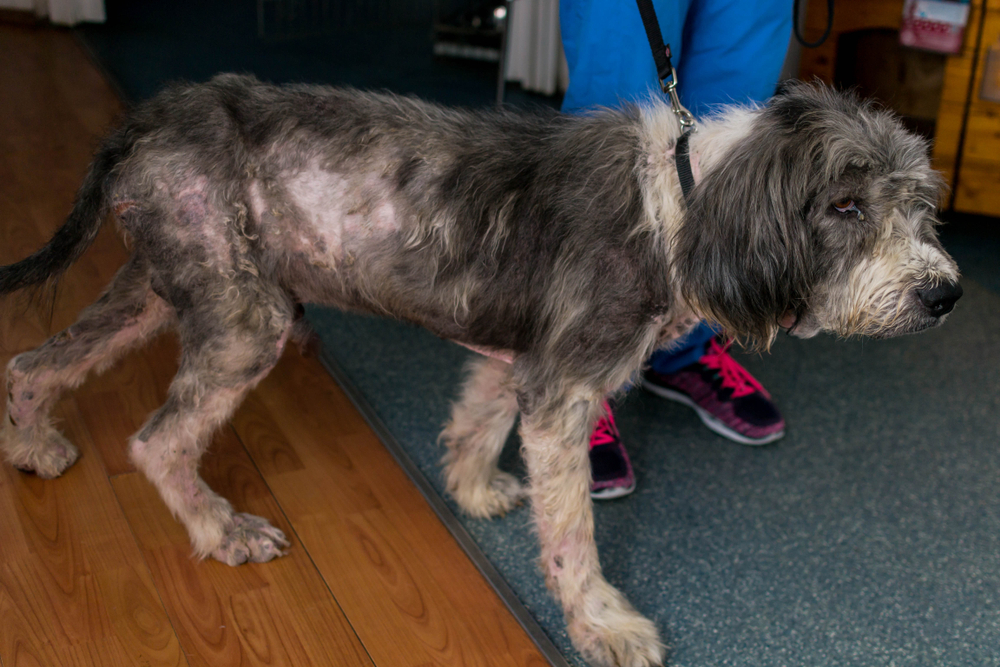
At Sixes Animal Hospital, we take a systematic approach to diagnosing skin and coat problems. During your pet’s visit, we perform a detailed physical exam, evaluating the pattern of hair loss, the texture of the skin, and any evidence of parasites or infection.
Diagnostic tests may include:
- Skin scrapings and cytology to check for mites, bacteria, or yeast
- Fungal cultures to confirm or rule out ringworm
- Blood work to evaluate thyroid, adrenal, and metabolic health
- Allergy testing or elimination diets to identify sensitivities
These steps allow us to move from guessing to knowing- so your pet receives precise, effective treatment from the start. We also take time to explain every result, so you understand how each finding fits into your pet’s overall health picture.
Treatment: Restoring Comfort and a Healthy Coat
The right treatment depends entirely on the cause. Once identified, our veterinarians tailor a care plan that targets the problem at its source.
- Allergies: Managed with antihistamines, hypoallergenic diets, medicated shampoos, or immunotherapy.
- Parasites: Controlled with prescription preventives and environmental cleaning.
- Hormonal disorders: Treated with hormone replacement, medication, or surgery when necessary.
- Infections: Cleared with antifungal or antibiotic therapy.
- Stress-related grooming: Addressed through behavioral modification and environmental enrichment.
- Nutritional issues: Resolved with balanced diets and supplements that promote skin health.
- Pain Control: Treatment of painful conditions relieves the need to lick the area.
Our sick and emergency care team is available during office hours for pets with sudden or worsening symptoms. Ongoing follow-up ensures your pet’s coat recovery stays on track and allows for early intervention if issues return.
A Partnership for Healthier Skin and Happier Pets
Most cases of hair loss can be resolved once the cause is identified and treated appropriately. With early intervention and consistent follow-up, your pet’s fur can regrow beautifully, restoring their comfort and confidence.
If you’ve noticed bald patches, excessive scratching, or dull, thinning fur, call Sixes Animal Hospital at BridgeMill or request an appointment. Our experienced team will examine your pet, explain every step clearly, and develop a plan to restore both comfort and coat health.
At Sixes Animal Hospital, we treat your pets like family- because to us, they are.

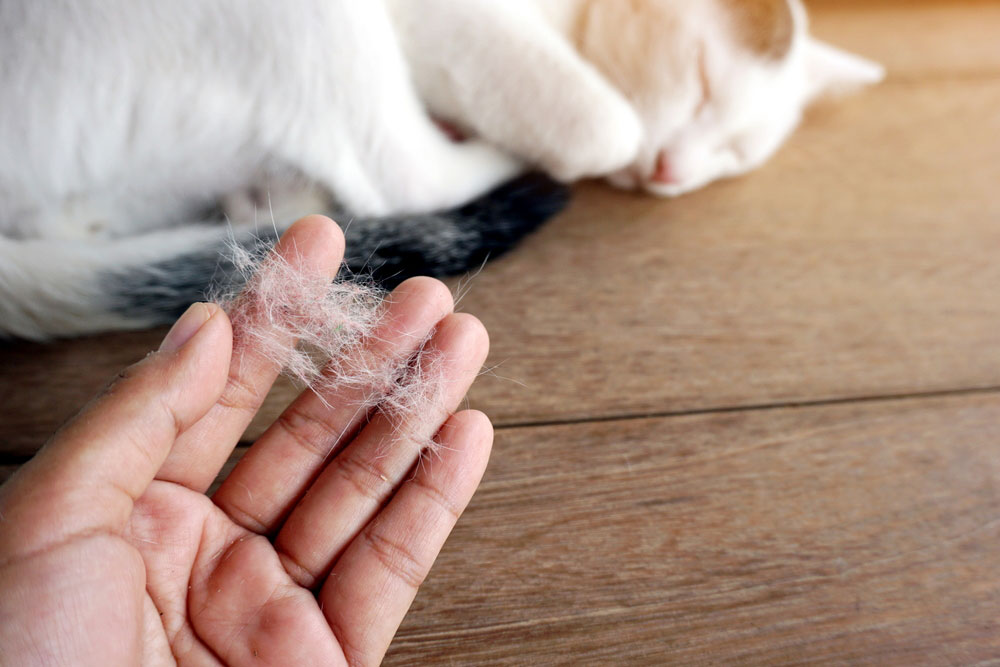
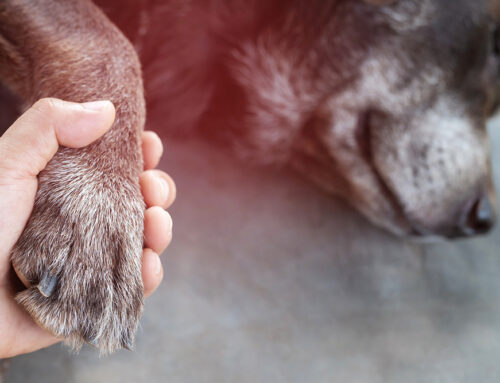

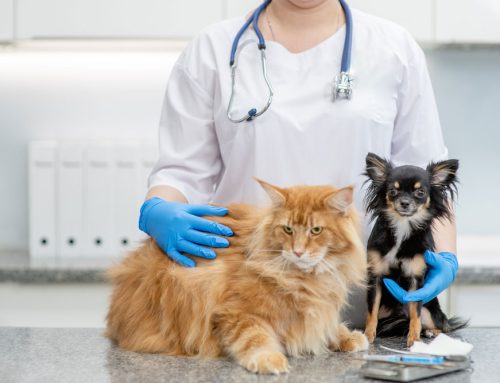
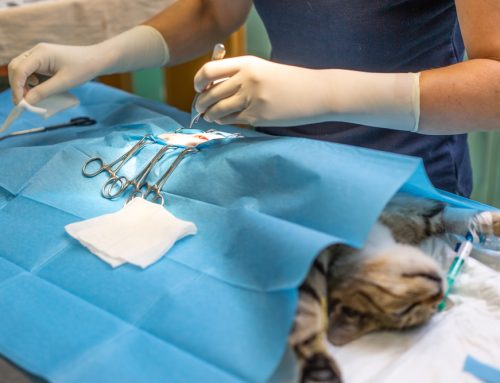
Leave A Comment